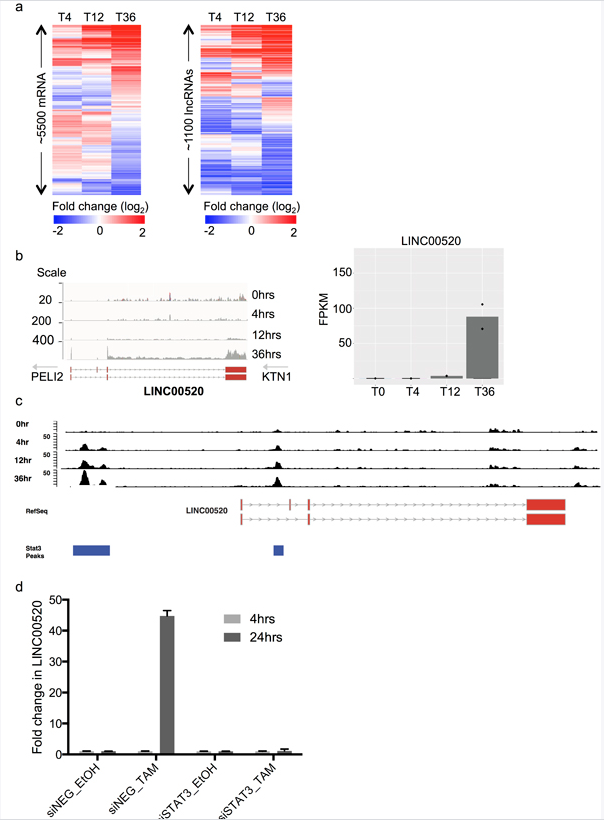
The Behind the Study series transcribes videos of researchers elaborating on their papers published in Oncotarget. Visit the Oncotarget YouTube channel for more insights from outstanding authors.
EDITOR’S NOTE: This particular video was published on Oct. 2, 2017, and is the most-viewed video on the Oncotarget YouTube channel.
—
Speaker
Welcome to the Oncotarget YouTube channel. This interview is with Dr. Whitney Henry in the Department of Pathology at Beth Israel Deaconess Medical Center at Harvard Medical School in Boston, Massachusetts. They’re talking about their manuscript published in Volume 7, Issue 50 of Oncotarget, titled, “LINC00520 is induced by Src, STAT3, and PI3K and plays a functional role in breast cancer.”
Dr. Whitney Henry
Hi, everyone. My name is Whitney Henry and I am a recent graduate from the lab of Alex Toker. Our lab is part of Beth Israel Deaconess Mecial Center and affiliate of Harvard Medical School. Our paper in Oncotarget really focuses on a novel LincRNA that has been poly-functionally characterized in the context of cancer or just in general.
So a lot of studies have implicated a rule for long non-coding RNAs in several cell biological processes like development, and also in disease conditions such as cancer. However, less than 1% of the annotated human LincRNAs have been functionally characterized. So in this study, we set forth to try to understand and to identify what are some of those LincRNAs that might be important in the context of cancer. So we started off by using two independent systems of cellular transformation. So we took non-tumorigenic mammary epithelial cells, and we introduced into them to a different oncogenes.

One is the oncogene Src, and the other is mutant PI3 kinase. And that by performing gene expression profiling, we identified a novel LincRNA called LINC00520 in both systems.
So in this paper, we go on to show that this LincRNA is regulated by the transcription factor STAT3, and it seems to be preferentially enriched in a subtype of breast cancer known as basal-like breast cancers, which are typically highly aggressive cancers. We also begin to perform some functional characterization of this LincRNA. We also show in this paper that this LincRNA might have a potential role in mediating cell migration and in vision and potentially gene expression. And to our knowledge, this is the first study that begins to investigate the regulation and biological function of this LincRNA and could be very important for future studies.
Now, one of the challenges of working with the LincRNAs is that they’re very low abundant and because many of them are not very well annotated, there’s a lack of molecular tools or prior literature that one can fall back on in designing some of their future experiments. Right now, we would like to continue our studies on LincRNAs and the future studies would consist of performing for the functional characterization of this LincRNA as well as others that we have identified using both cell based models, as well as in vivo mouse models. Another important question that we would like to address is: How exactly does this LincRNA mediate its function?
So what is the molecular mechanism by which this LincRNA works? And to begin to address these types of questions, we can perform experiments such as looking at its potential protein DNA, or RNA interacting partners. Identifying whether there are any changes in sub-cellular localization and by performing these very fundamental experiments, we might begin to identify what are some of the mechanisms by which this LincRNA might work. So it’s still early days for this LincRNA but it’ll be interesting to see what the followup and future experiments might hold.
Click here to read the full study published in Oncotarget.
—
Oncotarget is a unique platform designed to house scientific studies in a journal format that is available for anyone to read—without a paywall making access more difficult. This means information that has the potential to benefit our societies from the inside out can be shared with friends, neighbors, colleagues and other researchers, far and wide.
For media inquiries, please contact media@impactjournals.com.



